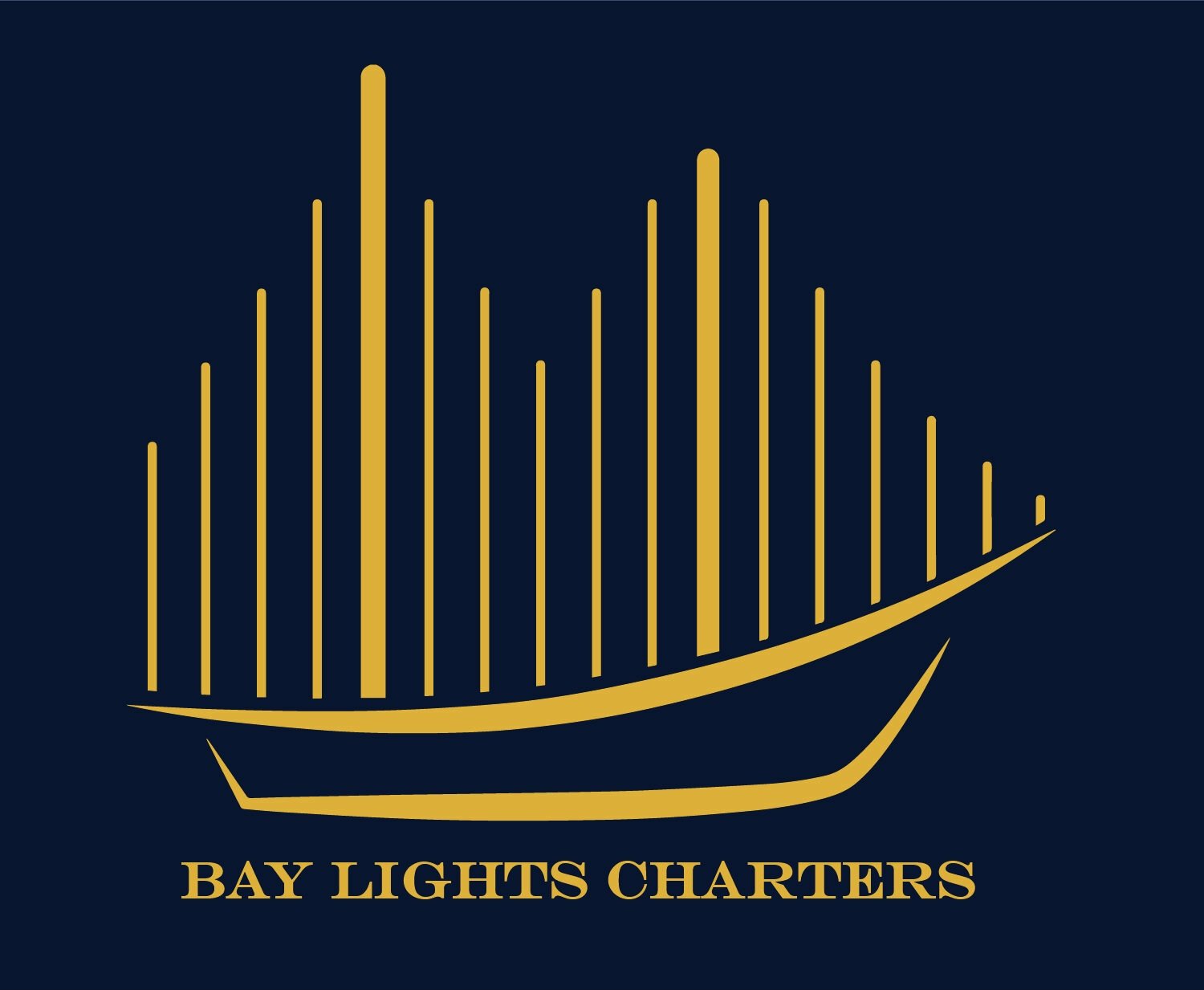10 Fun Facts About San Francisco Tall Ship Gas Light
10 Fun Facts about tall ship Gas Light.
What is a “scow schooner”? How are “gaff rigged” sails raised and lowered? Is the boat really steered with ropes?
Our tall ship vessel Gas Light instantly attracts attention from all who have sailed on her as well as those who are new to her charms.
Here are some fun and interesting facts about this beautiful and unique tall ship that we are so proud of:
Gas Light is 72 feet overall in length and 20 feet in width. She can float in water only 3’6” deep due to her centerboard design which incorporates a 600 pound fiberglass and wood board hinged on its forward end so that it can be raised and lowered. When the board is down, the boat sails more efficiently, but needs at least 7’6” of water.
The shape of Gas Light’s hull is very unique. It is a replica of a design called a scow. This means that the sides of the hull, or main body of the boat meet the bottom at right angles and the front and back (bow and stern) are squared off. This creates a design that is very strong, easy to build, is extremely stable in seas and winds and has a high interior volume. All this translates to an ideal design for carrying passengers in safety and comfort.
Gas Light has only one large Diesel engine. Because of her hull design, this engine becomes very fuel efficient and can push the boat at a speed of 8 knots or about 10 miles per hour. Fuel capacity is 160 gallons in 2 stainless steel tanks.
With only one engine and no means of pushing the bow of the vessel sideways (with a bow thruster) the Captain must plan his docking and close quarters maneuvering very carefully. Using the forces produced by the single engine and its large propeller, a tight turn must be made taking the wind and currents into consideration. So, steering Gas Light is always a pleasure, but sometimes for the skipper, a challenge. You will notice the steering wheel or helm as it is called is connected with the rudder (what turns the boat right or left) with a long rope that is wrapped around a drum. This is the traditional method that was used in most all the old sailing vessels. It is fail safe and doesn’t rely on electricity or hydraulic lines that can be a problem around the water. Sometimes the old ways of doing things are the best!
Gas Light is considered an auxiliary sailing vessel. This term describes that she primarily is a sailboat, but her Diesel engine is an auxiliary means of pushing her through the water. Because Gas Light is primarily a sailing vessel, she is quite unique to San Francisco Bay. There are other sailing charter boats here, but none with Gas Light’s qualities and nostalgia. Her scow design is old and proven, but Gas Light was launched in 1999. Her rigging is all traditional which means that her 3 sails are raised, trimmed and lowered by hand. In fact you or your guests may help our professional crew in some of these tasks! We encourage it especially for the team building aspect of our cruises.
Gas Light is a gaff rigged schooner sailing vessel. This describes at least 2 masts, the after or back mast is slightly taller than the fore or foreword mast. Gaff rigged sailing vessels were the “modern” most efficient sail plan of the day back in the 18th and 19th centuries after the old square rigged ocean going vessels succumb to the easier to manage gaff riggers. The gaff refers to a long pole that is attached to the top of the mainsail and foresail. These gaffs are raised and lowered simultaneously with these two sails and require a crew member to hoist or raise or strike or lower them at just the right pace.
Sailing Gas Light requires much coordination between the Captain and each crew member. Because she is big and powerful, Gas Light needs a good look out at all times for other boats or “traffic”. They might see us, but we want to make sure we see everything around us at all times! This also applies to trimming the sails for the most efficient angle to wind. As such, the crew has a unique way to communicate with the captain..... hand signals.
Gas Light was conceived by a man named Billy Martinelli. Billy lived in Sausalito in the late 1980’s and had the idea for a passenger carrying sailing ship that was not your typical modern design. His vision of incorporating a trusted design that was common in the San Francisco Bay Area was a game changer. Billy enlisted the help of a well known marine architect by the name of Carl Schumacher who was successful in designing several racing yachts. Between Billy and Carl, Gas Light was born and in 1991 construction began in Sausalito, California. She was the talk of the Bay for many years. Her strong steel hull slowly took shape to be followed by the gorgeous wood deck house and interior of white oak and solid mahogany.
Launched in 1999, Gas Light was soon certified to carry passengers for hire by the US Coast Guard. Her charters began in 2000 and ever since Gas Light has had every imaginable event aboard her. All her guests are stunned by the wide, spacious decks and warm, comfortable interior with a full bar available.
Gas Light can be yours and your guests to enjoy for an unforgettable outing on San Francisco Bay. Here is the best fact of all..... A cruise aboard Gas Light is surprisingly affordable. Now that you know some fun facts about our boat, call Bay Lights Charters and find the right time and cruise for your group. Welcome aboard Gas Light!

